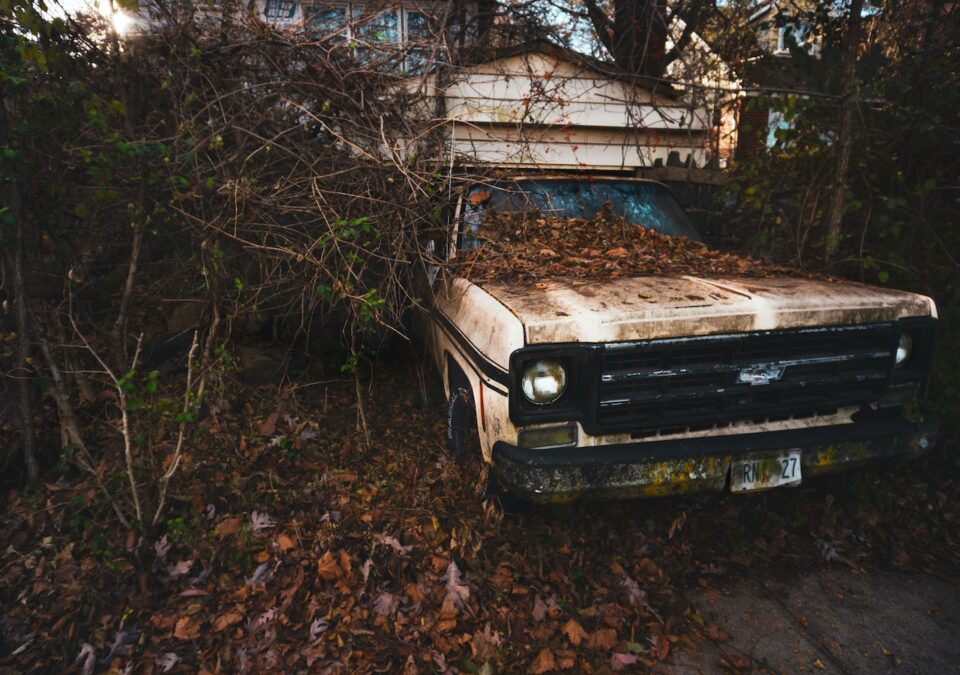Table of Contents
Introduction
Car recycling is the process of dismantling and removing the various parts of an old or damaged car for reuse. It is an environmentally friendly way to dispose of a car that has reached the end of its useful life. Car recycling has become increasingly popular in recent years, as people become more aware of the environmental impact of their actions and seek more sustainable solutions. In this ultimate guide, we will discuss everything you need to know, including its benefits, the process, and how you can get started.
The Benefits of Car Recycling
Reducing Landfill Waste
One of the biggest benefits of car recycling is that it reduces landfill waste. Old cars can take up a significant amount of space in landfills, which can lead to environmental problems. By recycling a car, its parts and materials can be reused, reducing the amount of waste that ends up in landfills. Follow Cash For Scrap Cars Sunshine Coast for more updates
Conserving Natural Resources
Another significant benefit of car recycling is that it conserves natural resources. Many of the materials used in cars, such as steel, aluminum, and copper, are non-renewable resources. By recycling these materials, we can reduce our reliance on new resources and conserve the earth’s natural resources.
Saving Energy
Car recycling also saves energy. It takes less energy to recycle a car than it does to produce a new car from raw materials. By recycling cars, we can conserve energy and reduce our carbon footprint.
Reducing Pollution and Greenhouse Gas Emissions
Cars can be a significant source of pollution and greenhouse gas emissions. When cars are recycled, their parts and materials are reused, reducing the need for new parts and materials to be produced. This, in turn, reduces the amount of pollution and greenhouse gas emissions associated with the production of new cars.
The Car Recycling Process
The car recycling process involves several steps, including preparation, dismantling, shredding, separation and sorting, and selling and distribution.
Preparation
The first step in the car recycling process is preparation. This involves removing any hazardous materials from the car, such as batteries, fluids, and tires. Once the hazardous materials have been removed, the car is ready for dismantling.
Dismantling
Dismantling is the next step in the car recycling process. During this step, the car is disassembled, and its various parts and materials are separated for reuse or recycling.
Shredding
After the car has been dismantled, the remaining metal parts are sent to a shredder. The shredder breaks down the metal parts into small pieces, making it easier to separate and sort.
Separation and Sorting
Once the metal parts have been shredded, they are sent through a series of machines that separate and sort the different types of metals. This includes separating ferrous metals, such as iron and steel, from non-ferrous metals, such as aluminum and copper.
Selling and Distribution
The final step in the car recycling process is selling and distribution. Once the various parts and materials have been separated and sorted, they are sold to manufacturers.
How to Recycle Your Car?
If you have an old car that you want to recycle, there are several steps you can take to get started.
Find a Recycling Center
The first step is to find a reputed center that accepts cars for recycling. You can search online for car removal centers in your area.
Prepare Your Car for Recycling
Before you take your car to the Cash For Cars Brisbane, you should prepare it for recycling. This includes removing any personal belongings from the car and removing any hazardous materials, such as fluids, batteries, and tires.
Schedule a Pickup
Once you have prepared your car, you can schedule a pickup with the car removal company. Many companies offer free pickup services, making it easy to recycle your car.
FAQs
Q: Can I recycle a car that is not working?
A: Yes, you can still recycle a car that is not working. Many centers will accept cars in any condition.
Q: Can I get money for recycling my car?
A: Some centers may offer money for your car, depending on its condition and the materials that can be recycled.
Q: How long does the process take?
A: The car recycling process can vary depending on the condition of the car and the specific center.
Conclusion
It is an important process that can help reduce the impact of old cars on the environment. By recycling cars, we can conserve natural resources, reduce landfill waste, save energy, and reduce pollution and greenhouse gas emissions. If you have an old car that you no longer use, consider removing it to give it new life and contribute to a more sustainable future.

